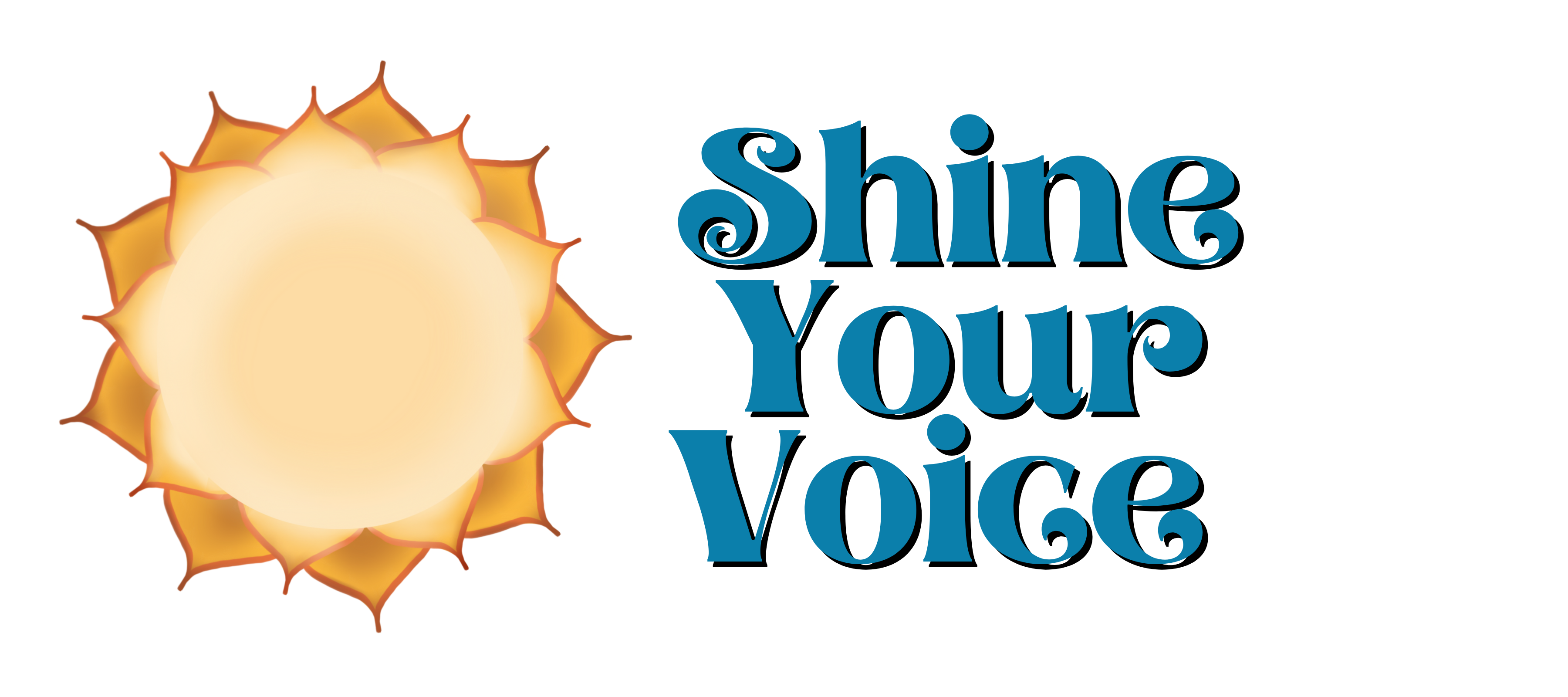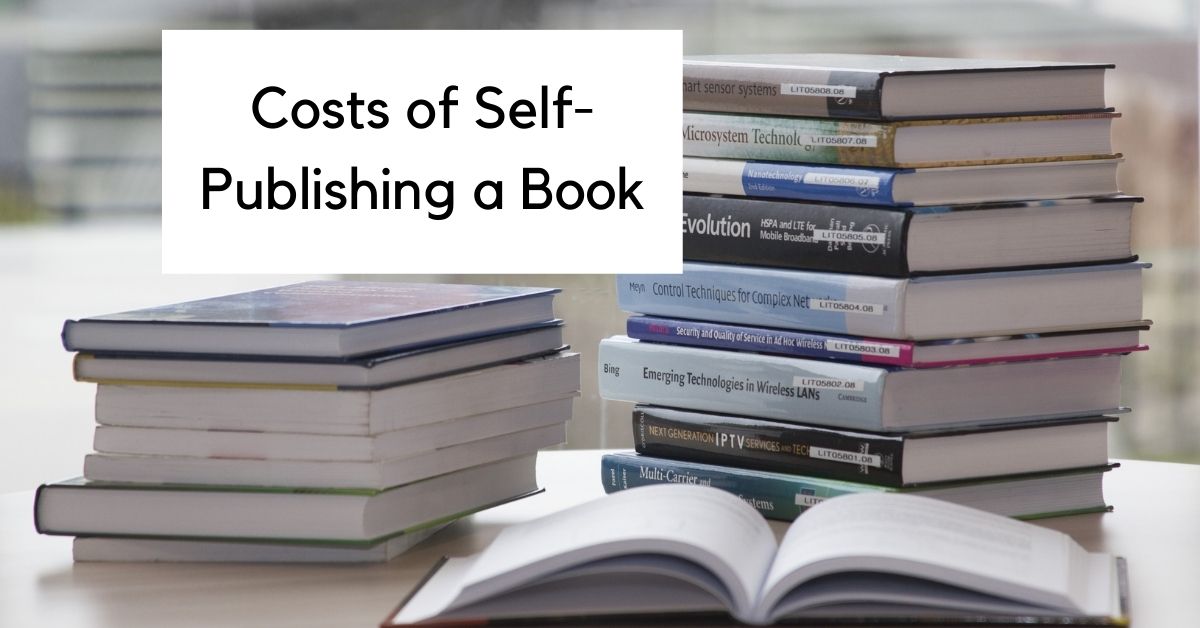The simple truth is there’s not one definitive answer to the cost of self-publishing a book. With a myriad of variables to consider, the cost could be anything from free to upwards of $10K. But like most things in life, you usually get what you pay for.
If you’ve ever thought about writing a book but didn’t know where to start, this article will be useful as we explore the publishing industry as a whole, and what it takes to get traditionally published today. We’ll also cover the benefits of self-publishing, as well as its costs, including formatting, editing, and marketing.
Recent Changes in the Publishing Industry
The publishing industry was dramatically changing even before the onset of the pandemic. With the launch of Amazon Kindle in 2007, e-reading and self-publishing had become more mainstream. New publishing platforms popped up, making it easier than ever to get a book into the world.
But Covid-19 was a catalyst for even greater change. As publishing offices closed, agents, editors, art directors, and all other publishing employees moved to work-from-home environments — oftentimes also juggling kids at home who attended school virtually.
This change put the brakes on an already slow process. Publishing employees became overwhelmed and the timeline for book projects were pushed back. Supply chain issues and the increasing costs of paper and printing only added to delays.
However, sales were strong as people stuck at home with less opportunities for entertainment bought books for themselves and their children. Agents still signed new clients and editors continued to acquire books, albeit at a slower pace than normal.
Overview of Traditional Publishing

Publishers generally acquire manuscripts from agents, although some smaller presses are open to non-agented submissions. In-house editors bring a manuscript they’d like to acquire to the acquisition meeting and pitch the merits of the project. The editor needs to be able to show the viability of potential sales. No publisher wants to lose money, so a marketing plan is essential. If the publisher moves forward, they’re responsible for editing, formatting, cover art, and marketing to consumers.
The publishing industry is a significant portion of the economy of the United States. It employs tens of thousands of people across the country and generates billions of dollars in revenue each year. The industry is highly competitive, with many players vying for market share, but some very large companies dominate certain segments of the market.
The publishing industry has evolved over time from being an analog business to one that is now almost entirely digital. However, it has been able to adapt and make use of technology to increase its efficiency and productivity while also reducing costs. In fact, most publishers now sell their books electronically as well as in print form. This allows them to reach more readers than ever before.
Traditional publishing is the route most authors envision taking in the beginning. However, it’s a long game. Querying agents or small press editors is often a daunting process full of multiple rejections. Obviously this varies greatly, but authors often go through hundreds of rejections over several years before receiving an offer.
Luckily, the traditional model for getting a book published is no longer the only way to go. The self-publishing model has become more viable than ever before.
Traditional Publishing vs. Self-Publishing

The main difference between them is that traditional publishers have more resources at their disposal than self-published authors. This means they have available funds to pay for editors, proofreaders, cover designers, and other professionals who will help them make their books as professional as possible. They also have the budget for large offset print runs of books which lowers the price per copy of the initial print run of any title.
Self-published authors must take on all of these tasks and responsibilities themselves. While there are many benefits to being a self-published author, it takes time to do all these things yourself or through outsourcing. This can make it difficult for some people who want their books out quickly so that they can start making money from them immediately. Anyone considering self-publishing should understand from the beginning that they will be running a small business. They are not only the author, but also the publisher.
In a nutshell, the main difference between traditional publishing and self-publishing is that traditional publishers handle the work for you (such as editing, marketing, and distribution), while self-publishing puts the onus on you to do it all yourself.
Benefits of Self-Publishing
Self-publishing is an option for authors who want to bypass traditional publishing and avoid the waiting game that can be involved with finding a traditional publisher.
Self-publishing is a great way to get your book out there and into the hands of readers. Here are the most common reasons why people choose to self-publish their books:
- They don’t want to wait for a traditional publisher (or agent).
- They want complete control over their work.
- They have something important to say, but it doesn’t fit into any established genre or category.
- They want complete freedom over how their book is produced, promoted and marketed.
Self-publishing has also created a more diverse landscape as far as representation. It’s opened doors for authors to publish books from their own unique racial and cultural perspectives, without the need for an agent. According to independent author Crystal Swain-Bates this is an exciting time for marginalized authors. Swain-Bates says, “A wide range of authors now have the ability to publish stories that readers want but traditional publishers won’t invest in because they don’t think they have mass-market appeal.”
How Much Does Self-Publishing Cost?

With services like Amazon’s Kindle Direct Publishing (KDP) anyone can publish their book and sell it online. But self-publishing isn’t just a matter of hitting “go” on your computer and uploading your work. There are still many choices for how you want to present your book, from design to marketing.
You’ll need to create a budget for each book you want to publish. Investing in the following areas will be money well spent in creating a quality finished product:
- Cover design/layout
- Developmental editing
- Proofreading
- Marketing and advertising
Amazon has a basic review process once you upload a manuscript to publish. But it won’t catch typos, plot holes, or bad writing! You can use a free cover design tool to create a basic cover for a book, and you can certainly do your own proofreading. Therefore it’s possible to self-publish a book without spending a cent. But not if you want a quality book you’ll be able to effectively market and sell. Remember, you get what you pay for when it comes to professional services.
The cost to self-publish and create a professional-quality product, a self-published author can expect to spend anywhere from $3,000 to $10,000.
Book Formatting Costs of Self-Publishing a Book
Book formatting is the design and layout of your book. If you’re publishing a print book, this means designing the cover, interior pages, and spine. For ebooks, formatting includes adding any images or illustrations to the file as well as choosing what font will be used throughout the book.
Why You Need a Formatting Service
Book formatting is necessary because it makes sure that all of your content appears correctly on-screen or in print. This can be done in Microsoft Word, but to create a polished book interior that looks professional, most book designers use a tool like Adobe InDesign.
Production costs for book formatting vary depending on the book’s length and the skill level and experience of the designer. It also depends on factors such as whether you’re including illustrations, sidebars, panels, or any extra features that require more skill from the designer.
Like any other aspect of self-publishing the costs of this service vary. You can attempt it yourself, search for someone to do it cheaply, or pay a professional book designer. You could pay up to $3,000 for interior book design.
Book Cover Design Costs to Self Publish
Your book cover is the first thing a reader sees when browsing for new reads. It’s important that you create a professional-looking cover that conveys the tone of your book, but it can also be very expensive to have one designed by an outside book cover designer. If you’re determined to go the DIY route, tools like Canva have free versions available. However, most people don’t have the skill set to create a professional looking book cover without investing in the proper tools and training.
You can find s freelance book cover designer on Fiverr or Upwork and get quotes from them on how much it will cost to design your cover (including the front, back, and spine). An important caveat is to ask about the licensing of images included on your cover. Not all folks are reputable and as the author, you’re responsible if an unlicensed (or improperly licensed) image appears on the cover of your book.
Book cover design costs can vary depending on the complexity of the design and the type of book you are publishing. For example, if you are self-publishing a novel or nonfiction work with an image-heavy cover, your production costs might be between $500 and $1,500 for professional book cover design.
Whichever route you chose, make sure you have a contract that spells out details of revisions and final approval of design.
Book Printing Costs to Self Publish
Most self-published authors utilize Print on Demand (POD) services to print physical copies of their books. Amazon’s KDP platform and IngramSpark are the industry leaders. Basically this process means that each book is printed when a customer orders a copy rather than printing a large run of books up front.
This method has higher per-unit publishing costs than traditional printing methods since you aren’t printing a large bulk order at once. This avoids the risk of being stuck with boxes of unsold books in the garage! But the biggest benefit of POD is the distribution is taken care of for you. Therefore you won’t be responsible for delivery, inventory control, and warehousing of printed books. POD printers are usually connected to the retail industry and utilize a network of printers to rapidly produce individual copies of books as needed and deliver them to customers directly.
The cost of printing a book depends on several factors. The most obvious one is the size of the book and the number of copies to be printed. Other publishing costs include the type of paper used for printing, the type and quality of binding (hardcover or paperback), and whether or not you want your book to come with any special features (such as color pages).
Sites like KDP and Ingram Spark have tools to calculate the cost of printing a book based on the options you enter. So you will be able to factor in the printing costs easily.
Editing and Proofreading Costs to Self-Publish
Editing is not just proofreading. Professionals are needed for both tasks. A developmental editor will read your manuscript and check for grammatical errors, plot holes or other inconsistencies, and other issues that could affect readability, credibility, or clarity.
A professional proofreader specializes in finding mistakes that slip through even after an editor has done all he or she can do; they work with software programs to find these mistakes while still checking every word for contextually appropriate usage as well as spelling errors.
Editing and proofreading costs vary widely. A professional editor or proofreader will charge anywhere from $15 per hour to $125+ per hour, depending on experience, location, and other factors.
A reputable editor will give you an estimate of the cost based on a work sample and the length of your manuscript.
Marketing Costs to Publish
Book marketing can be a huge challenge for self-published authors. When developing a budget to self-publish a book, don’t skimp on the book marketing plan. Marketing a book begins at least six months before its release. Plan on sending out early review copies to book bloggers who have large platforms. Make sure to set up an author account on Goodreads to generate early buzz before the release. KDP allows you to set up presales just like traditional publishers, which can be a great strategy to build anticipation for the book release.
A good book marketing plan will help you reach your target audience and ensure that they know about your book at just the right time. You can do some of the marketing yourself, but it’s best if you hire an expert who knows how to reach people in today’s social media-driven world.
Here are some ideas for marketing:
- Social media campaign, including targeted ads for your main demographic
- Book signings and readings (for those who live near big population centers)
- Creating a website for your book. You’ll want to include information about the author and book; what inspired you; what readers can expect from reading it; where readers can buy it; and any other relevant information about your work.
- Mailing list signups
It’s important to remember that marketing is a long-term strategy. You can’t expect immediate results, especially if you’re a new author without an existing audience. You need to build your brand and create a platform that will support further releases in future years.
Here are some examples of how much self-publishing authors have spent on marketing:
- $0 – $500: This includes basic social media posts, guest posting on relevant blogs, and free giveaways for people who subscribe to their newsletter or opt into their email list.
- $500-$1000: This includes paid advertising on Facebook, Instagram, and Twitter, as well as paying someone else to manage these accounts for them (i.e., an assistant). It also includes hiring a professional editor and designer for their book cover design.
- $1,000 – $10,000: This includes paid advertising on Facebook, Instagram, and Twitter, as well as paying someone else to manage these accounts for them (i.e., a digital marketing agency).
Professional Publishing Services Costs to Self-Publish a Book
If you’re looking to self-publish your book but want some help with the process, professional publishing services can be a good choice. You can get help with editing, proofreading, and formatting your manuscript. But use caution reading the fine print, and network with other self-published authors to learn of their experiences. Some of these services are reputable but others are predatory and charge exorbitant prices for authors desperate to get their book in print format.
Professional publishing services costs vary depending on the type of book you want to publish and what kind of distribution channels you wish to use. The costs range from $1,000 to $10,000 or more.
Professional publishing services can be expensive, with some companies charging up to $30,000 for a typical book project.
Final Costs to Publish a Book
So, how much does self-publishing a book cost? The answer is that it depends on how much you want to spend.
If you want a professional quality book that can stand up against its traditionally published counterparts it will likely cost you between $3,000 and $10,000 dollars upfront.
And remember, your time is also valuable and you’ll be running a business.
Takeaway: Self-publishing can give you complete control over your books if you’re willing to invest the time and money upfront for a quality finished product.
The major benefit of self-publishing is that you can publish your book without going through an agent or a traditional publisher. This allows you to bypass the publishing industry’s gatekeepers, and allows you to retain complete control over your work. You don’t share royalties or pay commissions. You also have more freedom in the design and creation of your book cover, which can be important if you want it to stand out among others on store shelves.
In the past, writers seeking to make money from their books had few options. They could either hope that a traditional publisher would buy their manuscript, which was no guarantee, or they could self-publish and try to attract attention in other ways.
These days, however, there are more options available including hybrid publishing. Some writers choose to self-publish selected books while also working with traditional publishers on more commercial projects. This approach can be effective for authors with established platforms.
Final Thoughts
The self-publishing revolution is here and has undoubtedly made life much easier for creative people. Whatever your skills or craft, it may be worth giving it a shot and publishing your own content.
The quality and even the presence of readers are on the same upward trajectory as other forms of content publishing online, so why shouldn’t you be on that trend too? A good book can have a greater impact than an article could have ever had in the past. Why not take advantage of that?

